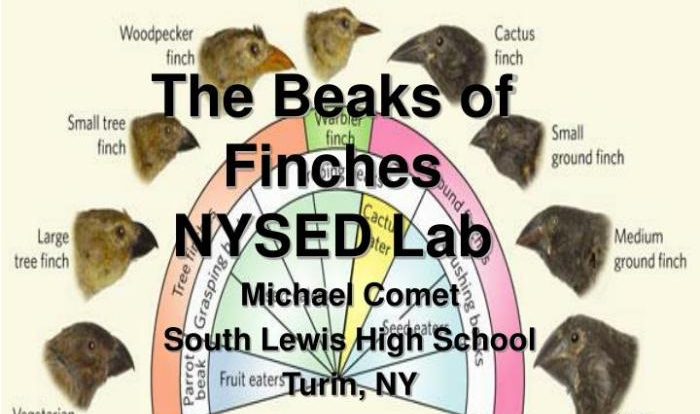Student exploration cell division gizmos answer key – Embark on a captivating exploration of cell division with the Student Exploration: Cell Division Gizmos Answer Key, a comprehensive resource that empowers students to unravel the intricacies of mitosis and meiosis. This meticulously crafted guide provides a profound understanding of the fundamental processes that govern cell reproduction, shaping the very fabric of life.
Delve into the interactive Gizmos simulation, a cutting-edge learning tool that brings cell division to life. Discover the dynamic features and functionalities of this innovative platform, enabling students to visualize and manipulate cells undergoing mitosis and meiosis. Through hands-on exploration, learners gain an immersive experience that deepens their comprehension of these essential biological processes.
Cell Division Basics
Cell division is a fundamental process that ensures the growth, development, and reproduction of living organisms. It involves the division of a single parent cell into two or more daughter cells. There are two main types of cell division: mitosis and meiosis.
Stages of Mitosis
Mitosis is the process by which a cell divides into two identical daughter cells. It occurs in somatic cells (non-reproductive cells) and consists of four main stages:
- Prophase:Chromosomes condense and become visible.
- Metaphase:Chromosomes align at the center of the cell.
- Anaphase:Sister chromatids separate and move to opposite poles of the cell.
- Telophase:Two new nuclear envelopes form around the separated chromosomes.
Stages of Meiosis
Meiosis is the process by which a cell divides into four daughter cells, each with half the number of chromosomes as the parent cell. It occurs in reproductive cells (gametes) and consists of two rounds of division:
- Meiosis I:
- Prophase I: Chromosomes pair up and exchange genetic material.
- Metaphase I: Paired chromosomes align at the center of the cell.
- Anaphase I: Homologous chromosomes separate and move to opposite poles of the cell.
- Telophase I: Two new nuclear envelopes form around the separated chromosomes.
- Meiosis II:
- Prophase II: Chromosomes condense again.
- Metaphase II: Chromosomes align at the center of the cell.
- Anaphase II: Sister chromatids separate and move to opposite poles of the cell.
- Telophase II: Four new nuclear envelopes form around the separated chromosomes.
Comparison of Mitosis and Meiosis
The following table compares the key differences between mitosis and meiosis:
| Characteristic | Mitosis | Meiosis |
|---|---|---|
| Number of daughter cells | 2 | 4 |
| Number of chromosome replications | 1 | 2 |
| Number of chromosome divisions | 1 | 2 |
| Purpose | Growth, development, and repair | Production of gametes |
Diagram of Mitosis
[Sisipkan diagram sel yang sedang mengalami mitosis di sini]
Gizmos Exploration: Student Exploration Cell Division Gizmos Answer Key
The Gizmos simulation on cell division is a valuable tool for exploring the process in detail. The simulation allows users to:
- Observe the stages of mitosis and meiosis
- Control the speed of the simulation
- Label different structures within the cell
- Test their understanding of cell division through interactive quizzes
Using the Gizmos Simulation
To use the Gizmos simulation on cell division, follow these steps:
- Go to the Gizmos website and log in.
- Search for “Cell Division” and open the simulation.
- Select the type of cell division you want to explore (mitosis or meiosis).
- Use the controls at the bottom of the screen to adjust the speed and settings of the simulation.
- Click on the “Label” button to label different structures within the cell.
- Take the interactive quizzes to test your understanding of cell division.
Answer Key
The answer key for the Gizmos simulation on cell division is provided below:
- Question:What is the name of the structure that separates the chromosomes during mitosis? Answer:Spindle fibers
- Question:What is the name of the stage of mitosis where the chromosomes line up in the center of the cell? Answer:Metaphase
- Question:What is the name of the stage of meiosis where homologous chromosomes exchange genetic material? Answer:Prophase I
- Question:What is the purpose of meiosis? Answer:To produce gametes (eggs and sperm)
Summary of Key Concepts, Student exploration cell division gizmos answer key
The Gizmos simulation on cell division covers the following key concepts:
- The stages of mitosis and meiosis
- The differences between mitosis and meiosis
- The role of cell division in growth, development, and reproduction
Additional Resources
In addition to the Gizmos simulation, there are a number of other resources available to learn more about cell division:
Importance of Cell Division
Cell division is essential for the life of all organisms. It allows organisms to:
- Grow and develop
- Repair damaged tissues
- Reproduce
Without cell division, life as we know it would not be possible.
FAQ Insights
What is the significance of cell division in living organisms?
Cell division plays a pivotal role in growth, development, and reproduction. It ensures the continuity of life by creating new cells to replace old or damaged ones, enabling organisms to grow and repair tissues.
How does the Gizmos simulation enhance the learning experience of cell division?
The Gizmos simulation provides an interactive and engaging platform for students to visualize and manipulate cells undergoing mitosis and meiosis. This hands-on approach deepens their understanding of the complex processes involved in cell division.
